Wheying in on the Debate: A Case for the Superiority of Whey Protein
Whey protein has been used in one form or another for at least 300 years, yet it has taken until ...
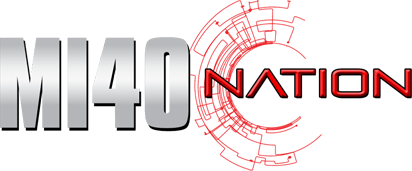
Whey protein has been used in one form or another for at least 300 years, yet it has taken until ...
In what situations should I take carbs pre-workout? There is no situation where you NEED pre-workout carbs, but there are ...
Is it true that resistance training stunts growth in adolescents? And can lifting really reverse the ageing process in older ...
Today I drove to the gym today heading into my first leg day of the week. My current training protocol ...
It is important to keep in mind that these 10 key suggestions for Quad training will fly in the face ...
In their eagerness to increase strength and build muscle, most devoted iron trainees will ceaselessly pound down the protein, carbs, ...
Training arms is so important to the common bodybuilder or fitness enthusiast that there is absolutely no shortage of information ...
Step-by-step instructions for performing the best isolation exercises for building a barn door back!
BPak breaks down the muscle mechanics behind various lat isolation exercises so that you can grow wings!
Want horseshoe triceps? Execution is key. Here's everything you need to know...
In preparation for writing this article, I wanted to see what exactly was written out on the web when it ...
Explaining the various Intensifiers that appear throughout the MI40 Nation 6 Week Workout Programs

__________
(1) Lying Leg Curls, Body Extended (hips up)
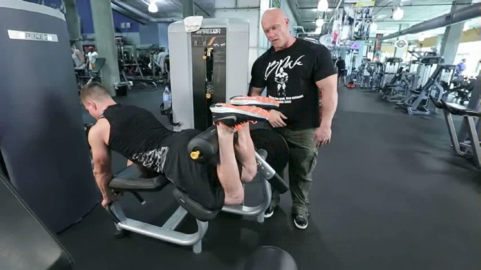
(prop-up upper body into a position that keeps the hips (not the spine) in full extension, the back flat and the glutes fully contracted (this should result in the body forming a horizontal straight line, maintain this. Force pelvis / hips down / drive into the pad (no letting the butt come up), almost allow knees to come up off the pad (hips locked-down and forward))
Typically, this is performed with feet and toes neutral, though to mix things up to change the emphasis:
Point toes: point toes away forcefully (plantarflexion) – will help eliminate calf involvement
Flex toes: flex toes hard towards shins (dorsiflexion) – will make you stronger than the above
Toes in: point toes inwards & touch together, overlapping even – typically strongest position
Toes out: externally rotate about 45º – harder to keep hips down plus range will be smaller
* you can also try mixing this up intra-set, try flexing toes on the positive, then pointing the toes on the negative
___
* for good practice from time to time, from the start position, come up to 30º, pause (to eliminate momentum), ensure full contraction, then continue
* to extend a set if necessary, transition into the below ‘body extended’ position (2)
__________
(2) Lying Leg Curls, Body Flexed (hips down)
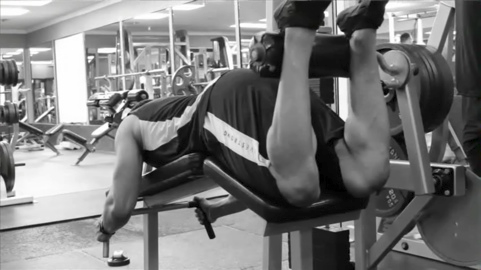
__________
(3) Single Leg Standing Leg Curls

___
* to extend the set if necessary, lean over (to lengthen hamstrings) while shoving thighs into the pad
__________
(4) Glute-Ham Raises / Back Extensions (Glute/Ham Emphasis)


(typically, use a 45º angle back extension machine; if needing to use a raised foot pad, adjust so that the body reaches a horizontal position perpendicular to ground at the top)
___
* to complete a set, if needed, drop the hands to the ground and push to assist back up
* feet / toes can be positioned as per preference; externally rotate toes to elicit more of the outside of the hamstrings and vice versa
* if attempting for the first time, bring arms across / in front of chest when performing; the next progression would be to hold the hands behind the head, the next to hold a weight plate against the chest
* advanced: if / when a high level of execution is achieved, you may rotate at the top of the movement one way, then in the opposite direction on the next rep
__________
(5) Seated Leg Curls
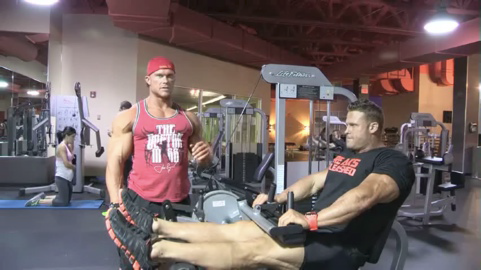
* as an intensifier, place a ball, Pilates block or bottle etc. between the thighs and squeeze it throughout the movement
__________
(6) Hips Up Lying Leg Curls with feet on stability ball
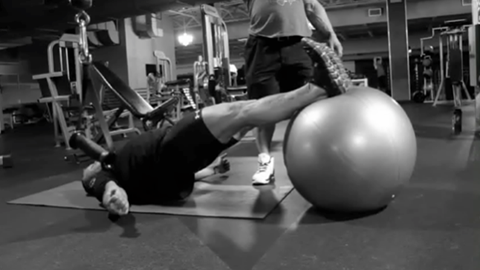
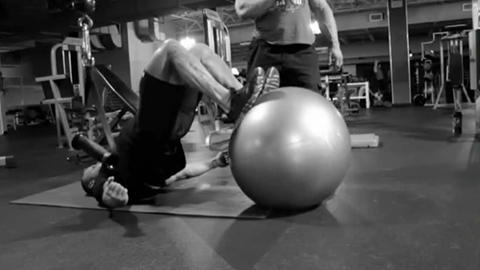
__________
(7) Weighted Glute Bridges / Hip Thrusts
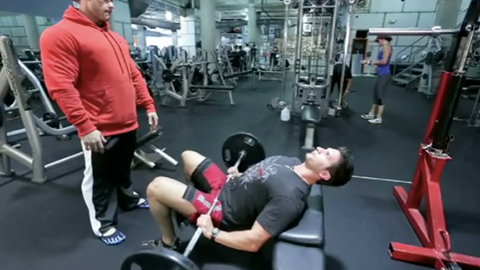
(lay across a flat bench with only shoulders / upper trap in contact, hold a barbell or dumbbell across the hips)
__________
(8) Bodyweight Glute Bridges / Hip Thrusts on ball
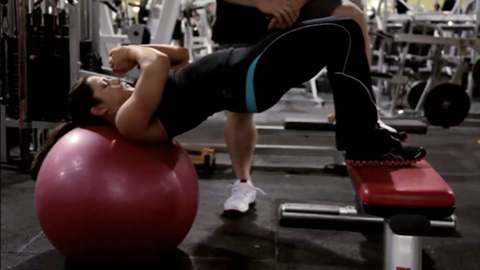
(advanced variation depicted)
Execution of all below variations as per exercise above (7), minus the body position:
1. perform lying flat on the floor (hands down for support, or, if advanced: across chest
2. same execution also though with feet on a bench or just one foot if ability allows
3. (advanced): as above, while lying on / pushing shoulders and traps into, a stability ball
* ‘intent’ can be applied by placing a ball / Pilates block between the knees & squeezing, if advanced, have a spotter apply pressure to the outside of the knees
__________